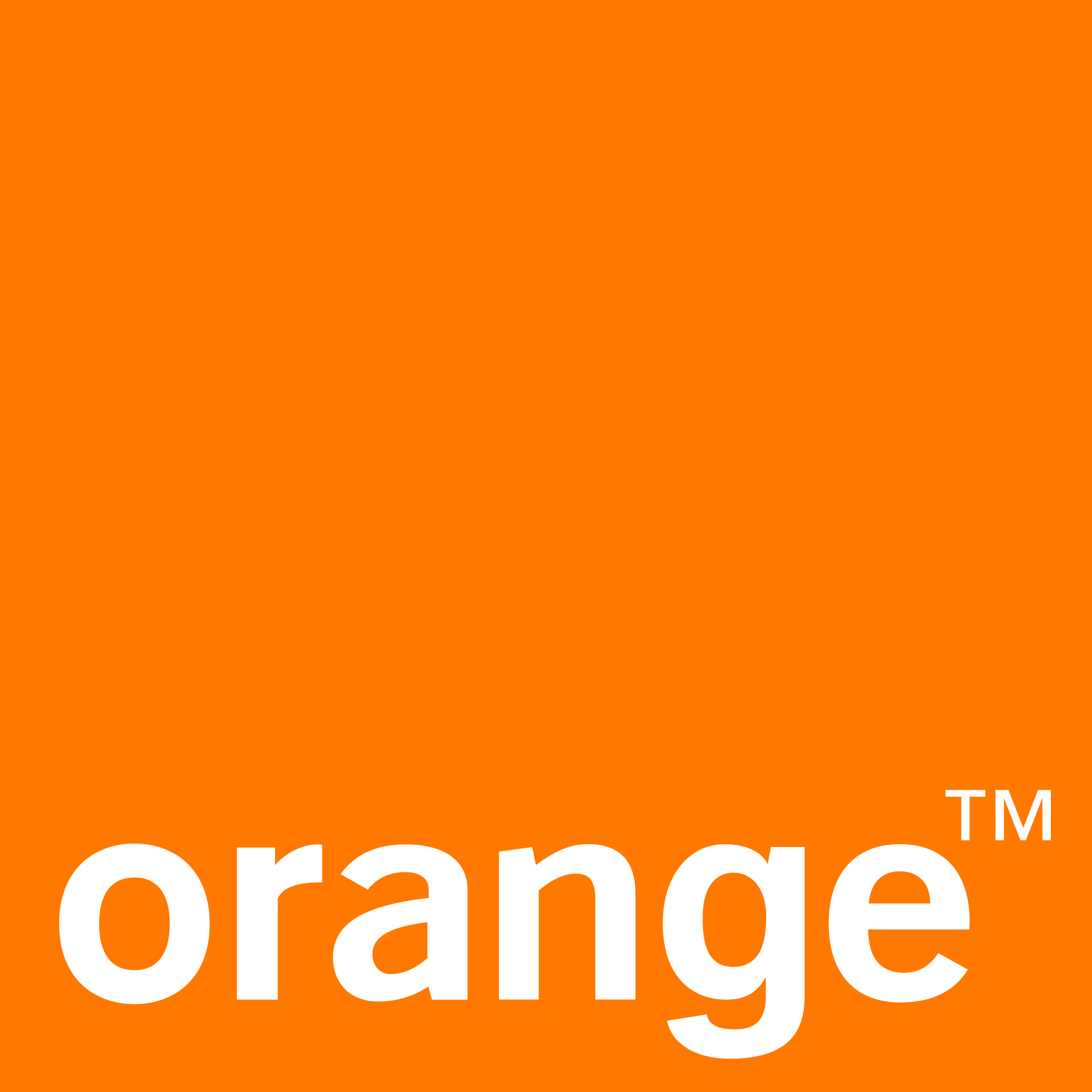FAQ
Does my model have to reconstruct an image or video in full resolution, or
can it be cropped?
The decoder must produce images or videos with the same resolution or pixel
size as the corresponding image or video in the validation or test set.
How is PSNR calculated? (image tracks)
We compute a single MSE value by averaging across all RGB channels of all
pixels of the whole dataset, and from that calculate a PSNR value.
How is MS-SSIM calculated? (image tracks)
First, a single MS-SSIM value is calculated for each image. We then compute a
weighted average where each image is weighted by the number of its pixels.
Why are you computing PSNR and MS-SSIM?
We chose two popular metrics to be computed for all methods. These gives some
idea to participants on how they might stack up, but provides no guarantees on
correlation with the final evaluation.
The evaluation server gives "ERROR: Missing image IMG_20170114_210112.png".
What am I doing wrong?
The error means that the decoder failed and did not produce all required
files. Make sure that the names of the files match the names of the target
files exactly.
How can I see the decoding progress?
Make sure that your decoder outputs this information to the standard output.
This information should be visible once you've submitted a decoder.
In which directory should the decoder save images?
The decoder can save images in the current working directory . or
in any arbitrary subfolder such as images.
Does the model count towards the target bit-rate?
No. This year we don't do this.
What are the specifications of the decoder environment?
Each submission is provided 2 CPUs and 12 GB RAM. In the GPU tracks,
submissions can additionally use a L4 GPU with 24 GB memory. There is a time
limit of 5 hours for each submission in the image tracks, and 10 hours in the
video tracks. Note that to encourage development of low-complexity methods,
the 25% slowest submissions will not be considered for a prize. This is
independent of the time limit.
Can a single organization (company, university) participate with more than
one team?
As long as the methods are sufficiently different, yes. If we determine during
the test phase that there are multiple variations of the same method being
submitted at the same time (that is, competing with each other, and without
one replacing the other), we will disqualify all but one of them. During the
validation phase, we may allow up to 3 parallel variations to be considered
for pre-evaluation, depending on resource availability.
What are sufficiently different methods?
An insufficiently different pair of methods is, for example, the same
neural network with different hyperparameters (i.e., learning rate, loss
weights, etc.). A sufficiently different pair of methods should be such that
if one were to envision submitting them at the same conference/workshop, they
would be both accepted without any concerns of plagiarism.
Will the images/videos my method generates be made public?
Yes. In the spirit of being able to compare across the various submitted
methods at any point in the future, we plan to make all participants'
reconstructions from the test sets publicly available. These will follow the
licensing terms of the respective source and/or a Creative Commons license.
If I participate as part of a company's team, am I eligible for an award?
Corporate teams may participate, and are eligible for prizes and prize
certificates/trophies, but we cannot distribute money to corporations for
several reasons. Therefore, corporate prize winners will be recognized without
the monetary award. We hope this gives an additional incentive for academic
and student teams to participate.
Are CLIC organizers allowed to participate?
Members of the CLIC organizing committee may make submissions to challenge
tracks, but are not eligible to receive any prizes, certificates, trophies, or
monetary compensation.
How can I contact the organizers (as opposed to a specific
organizer)?
Please email us at clic-organizers+questions@googlegroups.com.
This should hopefully provide you with a faster reply than contacting a single
individual organizer.
Can I request to remove an image/video from the dataset(s)?
Please email us at clic-organizers+request@googlegroups.com.
Can I request a custom docker image?
Before requesting one, please check whether one of the already available
images would work for you. Please refer to the devkit for more details on
that.
Can I store any image or video data in my Docker image?
No. Image or video data may not be stored in Docker images. In the submission
page, you're required to provide two files: (1) decoder binary/code; and (2)
data. Everything needed to decode the data must be present in the first part
(1). We explicitly separate the decoder from image/video data, so that the
decoder can be frozen after validation. That decoder will then be used to
decode the data for the test set, which will be secret until the freeze
happens.


